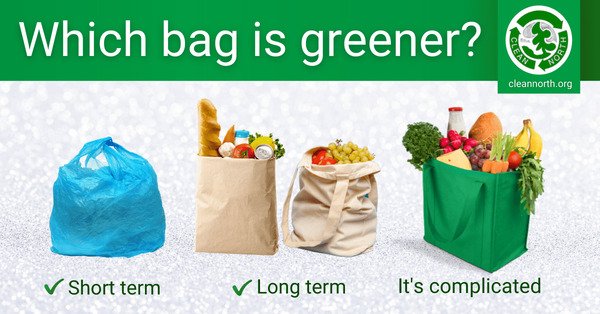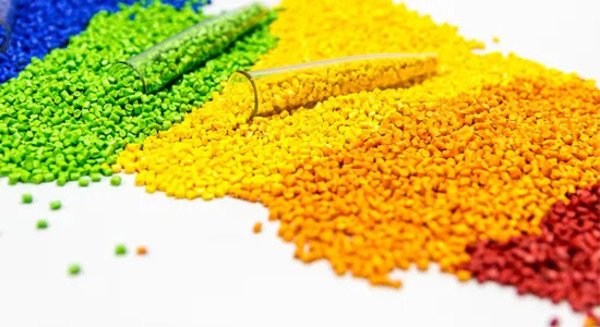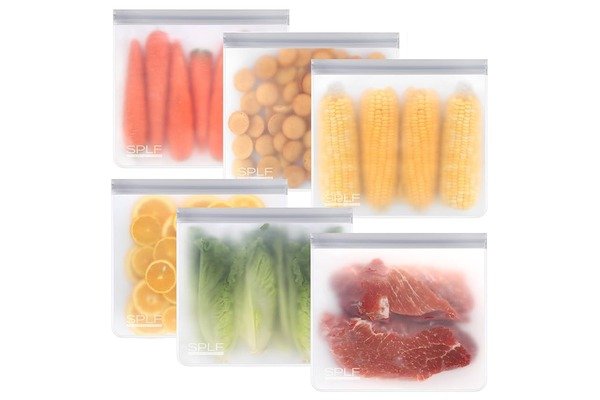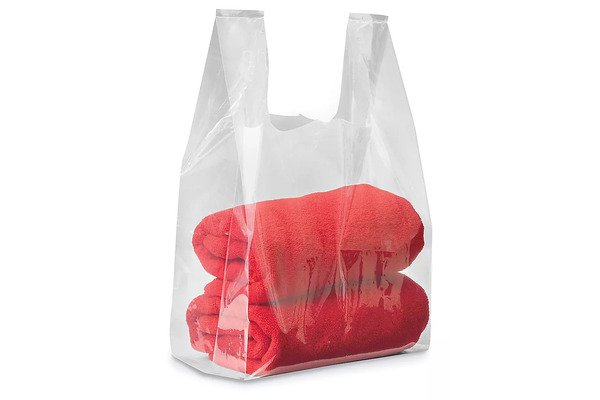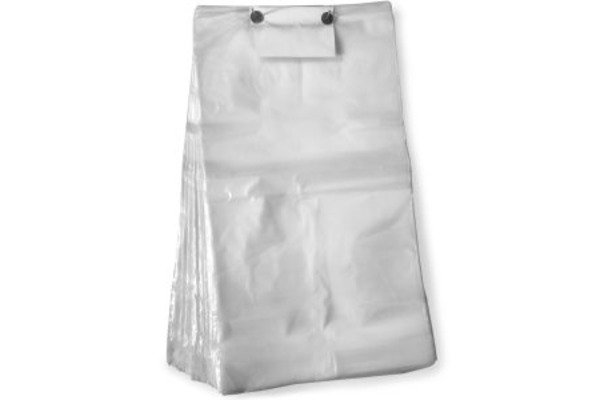
Are you confused by the different numbers on plastic packaging? Choosing the wrong material can impact product safety and your budget. We've created a simple guide to help you understand the most common plastics.
The main plastics are identified by codes 1-7. These include PET (bottles), HDPE (containers), PVC (pipes), LDPE (films, bags), PP (food containers), PS (foam), and a category for "Other" materials like biodegradable PLA.
These numbers are called Resin Identification Codes (RICs)1. They are not just for recycling. They tell us about a material's core properties, like its strength, flexibility, and heat resistance. At BagMec®, this knowledge is very important. It helps us guide our clients to select the perfect material for their needs. Whether they need a food-grade pouch or a heavy-duty courier bag, the plastic type is the first step. Understanding these codes helps ensure the final product performs exactly as expected.
For example, PET's clarity makes it great for beverage bottles. HDPE's toughness is why it is used for milk jugs and industrial containers. We design our heavy-duty bag machines to handle its strength. LDPE is very flexible, making it ideal for the shopping bags and film applications our machines produce. Each plastic has a job, and a machine designed specifically for it.
How Do I Choose the Right Plastic for My Packaging Bags?
Selecting the right plastic for your bags can feel difficult. Let's make it easier by focusing on what really matters for your business.
To choose the right plastic, you must look at four things: the product you are packaging, the durability you need, your budget, and your eco-friendly goals. Matching these needs to a plastic ensures the best performance.
Choosing a material is a strategic decision that impacts your production line and final product. You need to think about how the plastic interacts with your product and your machinery. We help our customers make this choice every day by breaking it down into a few key areas.
Factor 1: Your Product's Needs
The item you are packaging is the most important factor. If you package food, you need a material that is safe and provides a good barrier.
- Food Safety: For food products, you often need materials that meet FDA or EU standards. Laminated pouches, which can be made on our Lamination Pouch Making Machines, often combine layers like PET and PE to create a safe, high-barrier package.
- Chemical Resistance: If you are packaging industrial goods like chemicals or detergents, you need a plastic like HDPE that will not degrade.
- Barrier Properties: Some products need protection from oxygen, moisture, or light. A multi-layer film is often the best solution here, keeping the product fresh and extending its shelf life.
Factor 2: Durability and Function
Next, think about how the bag will be used. A bag for a t-shirt has very different needs than a bag for courier delivery.
- Tensile Strength: For heavy-duty bags or courier bags, you need high tensile strength to prevent tearing. Our machines are built to handle tough, co-extruded films for these applications.
- Puncture Resistance: Bags for sharp or bulky items, like construction waste or hardware, need excellent puncture resistance. LDPE is a great choice here.
- Sealing: For products that need to be resealable, like snacks or frozen foods, the plastic must be compatible with zipper attachments. Our Zipper Bag Making Machines are designed for this exact purpose.
A Quick-Choice Guide for Your Bag Type
To make it even simpler, we made a table that matches common bag types with the best plastics and the BagMec® machine that can produce them.
| Bag Type | Recommended Plastic | Key Reason | BagMec® Machine Solution |
|---|---|---|---|
| T-Shirt Shopping Bag | HDPE | High strength, low cost, thin | T-Shirt Bag Making Machine |
| Laminated Food Pouch | PET/PE, OPP/CPP | Excellent barrier, sealable | Lamination Pouch Making Machine |
| Courier & Mailer Bag | Co-extruded PE Film | Tear-resistant, waterproof | Courier Bag Making Machine |
| Heavy-Duty Garbage Bag | LDPE / Recycled PE | Strong, puncture-resistant | Garbage Bag Machine |
| Clear Bread Bag | PP / CPP | High clarity, moisture barrier | Wicketer Bread Bag Machine |
What's the Difference Between HDPE and LDPE for Bag Making?
HDPE and LDPE are two of the most popular plastics for bags. They look similar, but they are not the same. Let's look at their main differences.
The key difference is density. High-Density Polyethylene (HDPE)2 is stronger, more rigid, and more opaque, so it is great for thin grocery bags. Low-Density Polyethylene (LDPE)3 is more flexible, clearer, and softer, making it perfect for garment bags or heavy sacks.
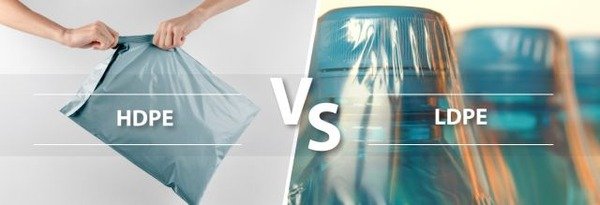
Both HDPE and LDPE are types of polyethylene, but their molecular structures are different. This small difference creates big changes in how the plastic performs. Understanding this helps you choose the right film for your product and the right machine from our catalog.
Molecular Structure and What It Means
It sounds complex, but it's quite simple.
- HDPE: The polymer chains in HDPE are straight and packed tightly together. This creates a dense, crystalline structure. The result is a stronger, more rigid material.
- LDPE: The polymer chains in LDPE are branched. They cannot pack together tightly. This creates a less dense, more flexible, and more transparent material.
Performance in Real-World Applications
This difference in structure directly impacts how the bags perform.
- HDPE Bags: Because HDPE is so strong, you can make very thin bags that still hold a lot of weight. This is why it is used for T-shirt bags in supermarkets. It saves material and reduces costs. The material has a distinct "crinkly" feel.
- LDPE Bags: Because LDPE is more flexible and resistant to punctures, it is ideal for heavy-duty garbage bags that need to stretch without tearing. Its softness and clarity also make it a premium choice for retail bags or packaging for clothing.
Here is a simple table to show the differences side-by-side.
| Feature | High-Density Polyethylene (HDPE) | Low-Density Polyethylene (LDPE) |
|---|---|---|
| Strength | High tensile strength; very rigid | Lower tensile strength; very flexible |
| Clarity | Translucent to opaque | Can be very clear |
| Resistance | Good puncture resistance | Excellent puncture resistance |
| Feel | Stiffer, makes a crinkling sound | Softer, smoother feel |
| Common Bag Uses | T-shirt bags, produce bags, liners | Garbage bags, garment bags, heavy-duty sacks |
| BagMec® Machine | T-Shirt Bag Machine | Garbage Bag Machine, Side Sealing Machine |
Which Plastics Are Best for Eco-Friendly Packaging?
Sustainability is now a key part of business. But "eco-friendly" can mean different things. Let's clarify what it means for plastic packaging.
For eco-friendly packaging, you can focus on two types: highly recyclable plastics like PET (#1) and HDPE (#2), or biodegradable plastics like PLA (#7). The best choice depends on local recycling programs and whether industrial composting is available to your end-users.
Choosing an eco-friendly plastic is a balance between the material itself and the systems available to process it after use. There is no single perfect solution for everyone. At BagMec®, we engineer our machines to handle both traditional recycled materials and new bioplastics, giving you flexibility.
Recyclable Plastics for a Circular Economy
The most common approach to sustainability is using plastics that can be recycled easily.
- PET (#1) and HDPE (#2): These plastics have the most established recycling systems around the world. When you choose these materials, you are participating in a circular economy where old packaging can be turned into new products. Many large brands require this.
- Using Recycled Content: Our machines are designed to process films that contain recycled plastic. For example, our Garbage Bag Machines can run on 100% recycled LDPE, reducing the need for new plastic.
Biodegradable and Compostable Options
A newer approach is to use plastics that break down naturally under certain conditions.
- PLA (Polylactic Acid): This is a popular bioplastic made from renewable resources like corn starch. It is compostable, meaning it will decompose in an industrial composting facility. As seen in our case study with a US eco-brand, we can build custom machines for PLA films.
- Important Consideration: PLA is not recyclable with traditional plastics and can contaminate the recycling stream. It requires a very specific disposal method, so it is important to educate consumers.
Conclusion
Understanding plastics from PET to LDPE helps you make the best packaging choice. By matching the right material to your product, you get efficiency, durability, and sustainability. Our team at BagMec® is here to help build the exact machine you need.
-
Understanding RICs is crucial for selecting the right plastic for safety and performance. Explore this link to learn more about their significance. ↩
-
Discover the unique properties of HDPE and its applications in packaging. This knowledge can help you make informed choices for your products. ↩
-
Learn about LDPE's flexibility and strength, which make it ideal for various packaging needs. This resource can guide your material selection. ↩

